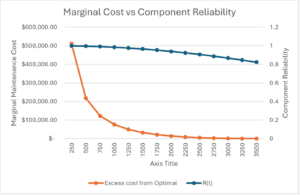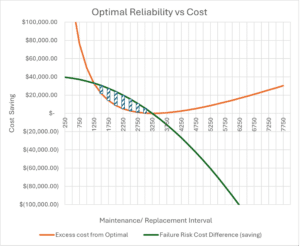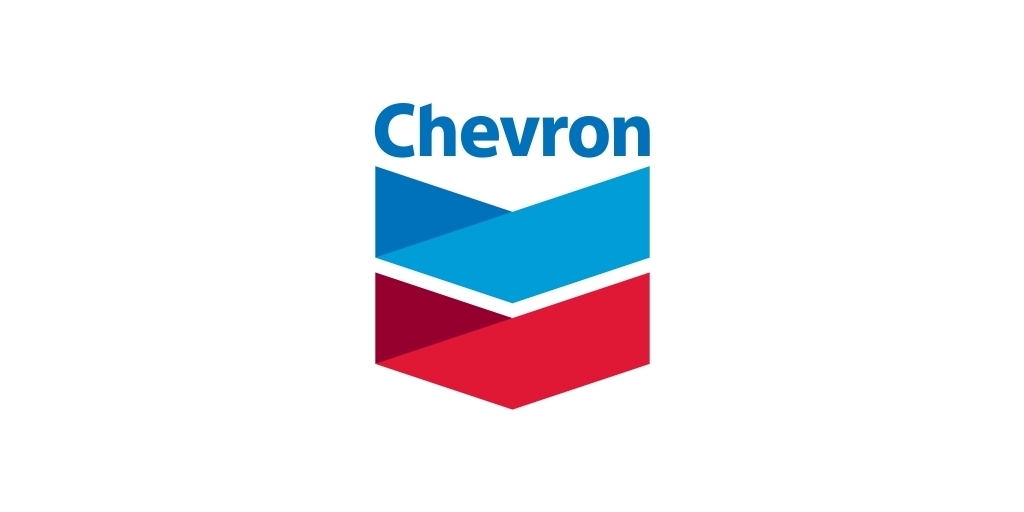In most industries, the goal is to adopt the lowest-cost maintenance strategy that balances the costs of planned and unplanned maintenance over the equipment’s lifecycle.
However, focusing solely on minimising costs can sometimes lead to reliability levels that are inadequate for operational needs. This article explores three key maintenance strategies, detailing when and how to use each one.
1: Optimal interval for lowest lifecycle cost
This is the go-to strategy for many reliability engineers. It involves calculating both planned maintenance costs and the expenses associated with unexpected failures. By analysing these costs across different maintenance intervals, you can identify the point at which total expenses are minimised.
Tools like Weibull Analysis help predict failure probabilities over time, allowing for precise calculations.
For instance, increasing the maintenance interval reduces maintenance frequency but raises the risk of failure, which adds costs due to downtime and repairs. By converting this data into a cost-per-hour model, you can identify the maintenance interval with the lowest overall cost.
However, this method might result in reliability levels that are too low for certain applications. For example, at 3500 hours, a component might have only 82 per cent reliability. While this may suffice for redundant systems, it might be unacceptable for safety-critical equipment or operations with strict uptime requirements, like mining machinery tied to production targets.
2: Optimal interval for best reliability vs. marginal cost trade-off
Sometimes, the lowest-cost interval isn’t the best choice if slight increases in maintenance frequency can significantly boost reliability without exorbitant costs. This approach finds the sweet spot where the added expense of more frequent maintenance is justified by the reliability gains.
For example, reducing the maintenance interval from 3500 to 1000 hours might increase reliability from 82 per cent to 98 per cent but cost an additional $76,300. However, reducing the interval further to 500 hours might only boost reliability by one per cent (to 99 per cent) while adding $218,000 in costs – highlighting diminishing returns.
The optimal trade-off point is where the cost of increased maintenance is outweighed by the savings from reduced failure risk.

Image: Pardus Consulting

Image: Pardus Consulting
3: Interval set for required component reliability
In industries with strict reliability requirements – like aerospace or nuclear power – maintenance schedules are set based on achieving a minimum reliability threshold. This method uses data from a life data analysis to pinpoint when maintenance should occur to meet specific reliability targets.
While this strategy may not offer the lowest costs or the best cost-reliability balance, it ensures compliance with safety regulations and minimises risk for critical components. For instance, airbag systems or ejection seats demand high reliability, making cost a secondary concern.
Choosing the right maintenance strategy depends on balancing cost, reliability, and operational risk. Whether optimizing for the lowest lifecycle cost, finding the best cost-reliability trade-off, or meeting strict reliability requirements, each tactic serves different operational goals. By applying analytical tools and practical models, engineers can make informed decisions that align with business objectives.




